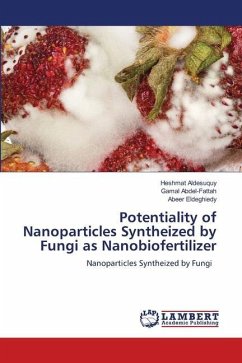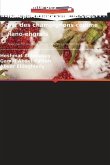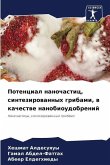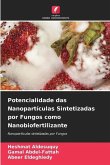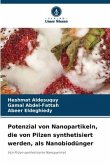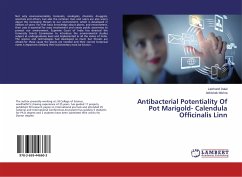Iron nanoparticles are small objects with size less than 100 nm, can be synthesized by three different methods which are chemical, physical and biological method but the best method was the biological method by using bacteria, fungi and plant extract. Fungal spp. are better than bacteria in bio-synthetic process as they are easily handled, can be produced in bulk form and producing extracellular enzymes.The second part in this study was the study of effect of biologically synthesized nano-iron on Vicia faba plants, it is found that nano-iron play an important role in the improvement of growth and yield of the plant Furthermore, the result showed that as nano-iron concentration increase especially at 100ppm, there was a simultaneous decrease in growth and productivity of faba bean plants. The obtained result showed that the application of nano-iron at 25ppm and 50ppm caused significant increase in the growth parameters, photosynthetic pigment, carbohydrates, protein contents, yield components, phosphorus and nitrogen as compared to control and chemical fertilizer values.
Bitte wählen Sie Ihr Anliegen aus.
Rechnungen
Retourenschein anfordern
Bestellstatus
Storno

